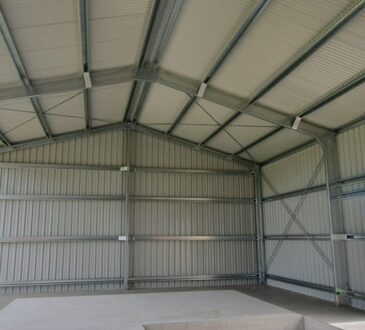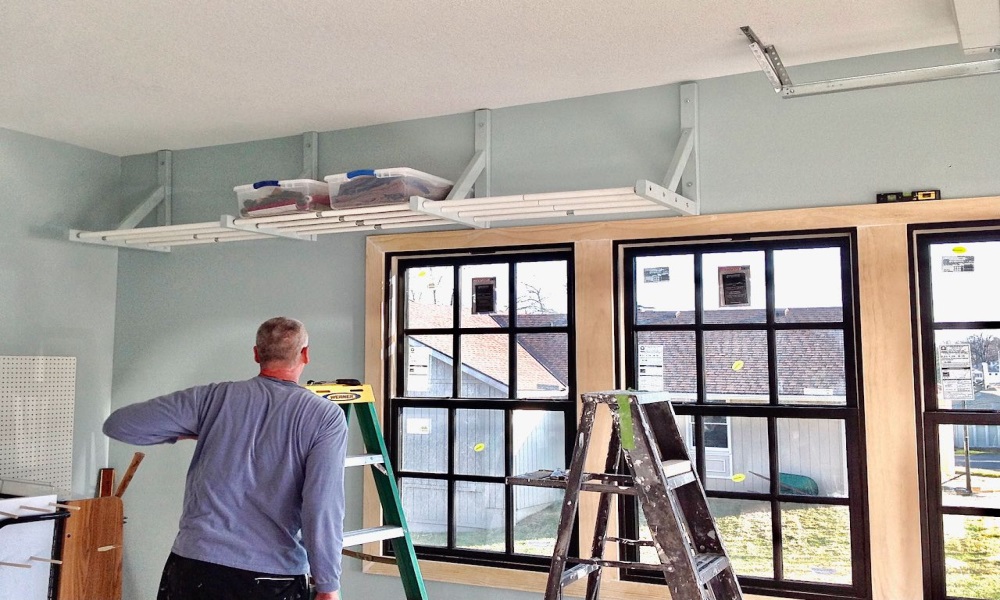
The kitchen pantry is an essential part of any home, providing storage and organization for food items, cooking supplies, and other kitchen essentials. However, without proper optimization, pantries can quickly become cluttered and disorganized, making it difficult to find what you need and potentially leading to wasted food and money. In this article, we will explore some unique tips and strategies for optimizing your kitchen pantry to maximize efficiency and functionality.
1. Clear Out and Clean Up
The first step in optimizing your kitchen pantry is to clear out and clean up the space. Remove all items from the pantry and assess what you have. Discard any expired or spoiled food items and donate any unopened, non-perishable items that you no longer need. Once the pantry is empty, give it a thorough cleaning, wiping down shelves and removing any dust or debris.
2. Categorize and Group
Next, categorize and group similar items together. This will make it easier to locate specific items and create a more organized pantry. Some common categories include canned goods, dry goods, baking supplies, condiments, snacks, and spices. Consider using clear plastic bins or baskets to group small items together and keep them contained.
3. Utilize Vertical Space
Make the most of your pantry’s vertical space by installing shelves or hanging organizers. This will help you maximize storage capacity and keep items within reach. Use hooks or hanging racks to store pots, pans, and other cookware. Invest in stackable containers or shelves to make use of the space all the way up to the ceiling.
4. Label Everything
Labeling is crucial for maintaining an organized pantry. Use labels on containers, bins, and shelves to clearly identify the contents of each. This will save you time when searching for specific items and help you maintain order in the long run.
5. FIFO System
Implement the “First In, First Out” (FIFO) system to prevent food waste. Place newer items behind older ones, ensuring that the oldest items are used first. This practice will help you avoid having expired food items in your pantry and save you money by reducing food waste.
6. Optimize Storage Solutions
Invest in storage solutions that are tailored to your pantry’s needs. Consider using adjustable boltless shelving to accommodate different-sized items. Use risers or tiered organizers to make the most of vertical space. Install door-mounted racks or spice racks to store smaller items. Customizable storage solutions will help you make the most of your pantry’s layout and size.
7. Regular Maintenance
Lastly, regular maintenance is key to keeping your pantry optimized. Take a few minutes each week to declutter, reorganize, and wipe down surfaces. Regularly check for expired items and rotate your stock accordingly. By staying on top of maintenance, you can ensure that your pantry remains functional and efficient.
Optimizing your kitchen pantry is essential for efficient meal preparation and avoiding food waste. By implementing these unique tips and strategies, you can transform your pantry into a well-organized space that saves you time, money, and frustration.




